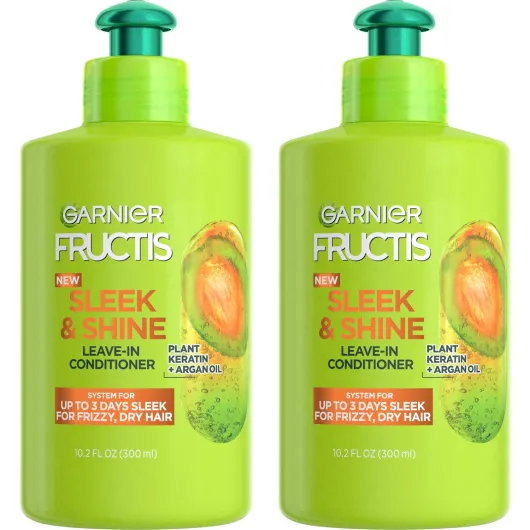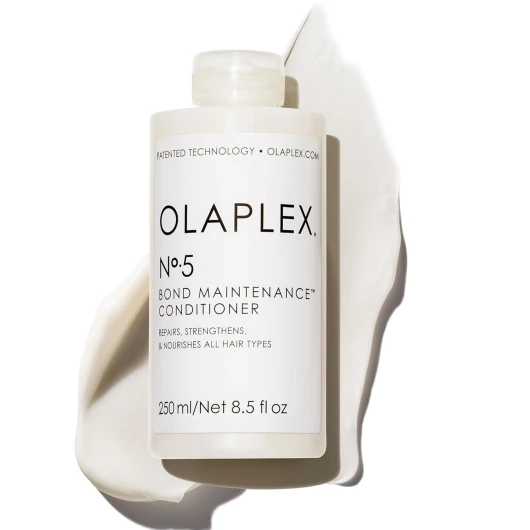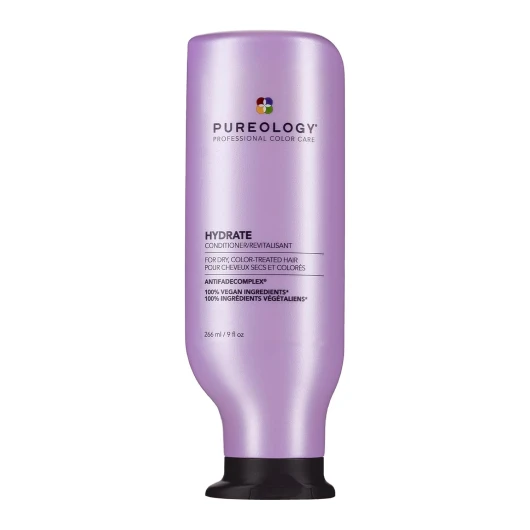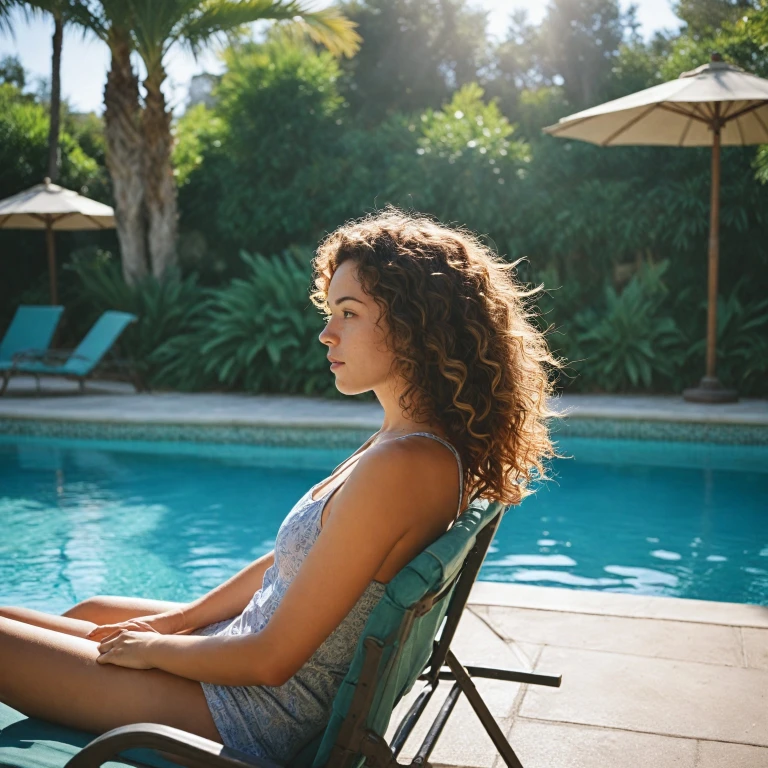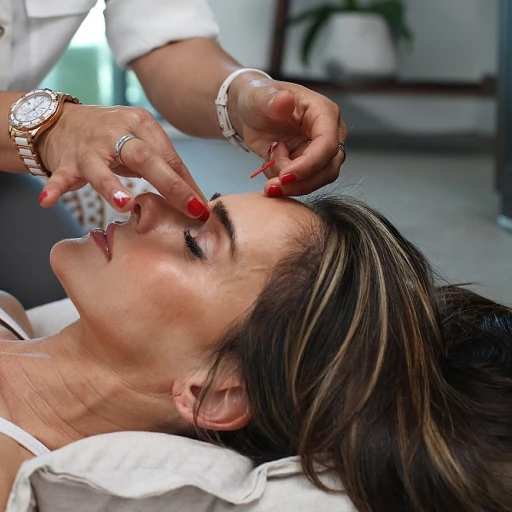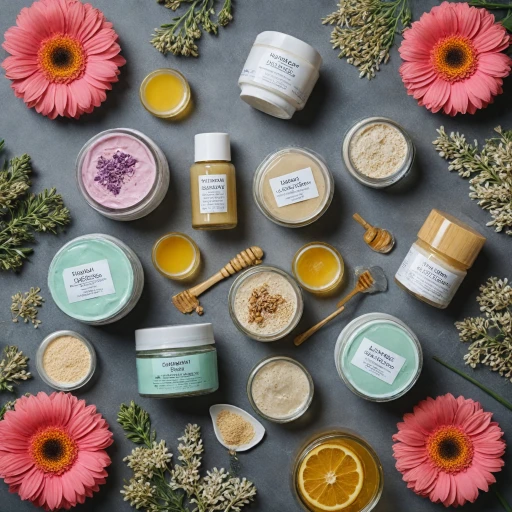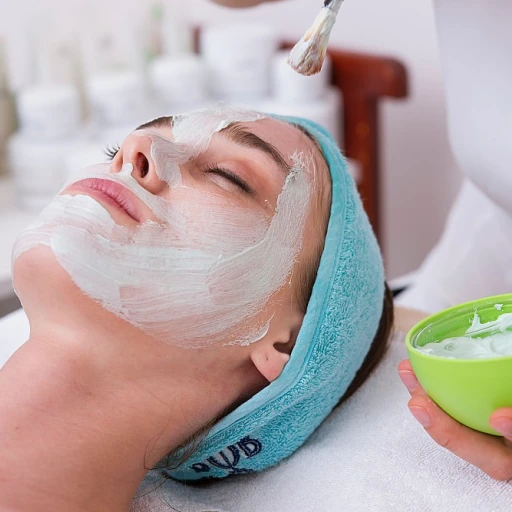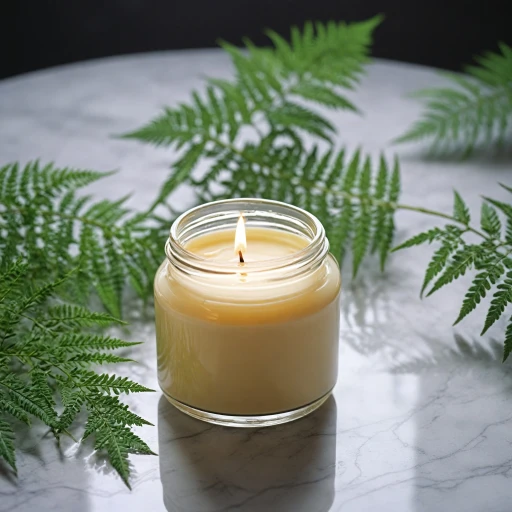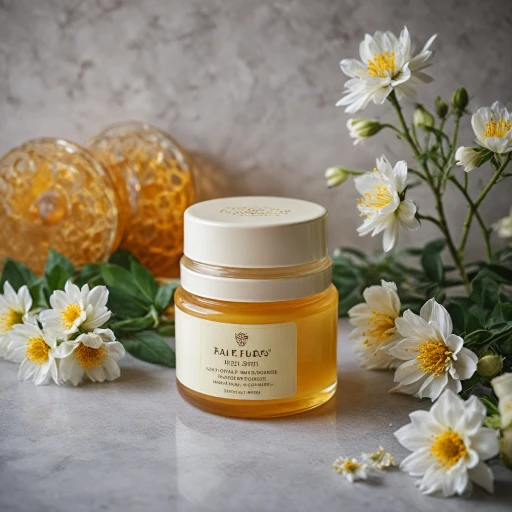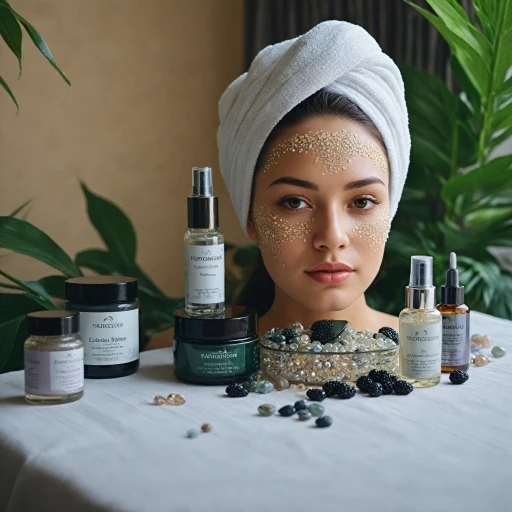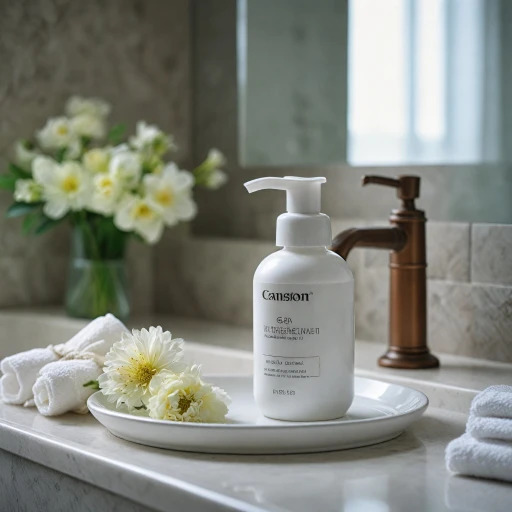-large-teaser.webp)
Understanding the Impact of Pool Water on Wavy Hair
Understanding How Pool Water Impacts Your Waves
Pool days are a delightful escape, yet they come with a hidden cost to those sporting wavy or curly hair. The culprit? Primarily, chlorine and other harsh chemicals used in pool maintenance. When plunging into the inviting blue waters, these chemicals make contact with your hair, highly absorbing the natural moisture and leaving the curls dry and lifeless. Chlorine is known for stripping the hair of its natural oils, a significant concern for those with curly or wavy textures that depend on moisture for definition and health. This often results in dehydration, making the waves appear frizzy and less manageable. Moreover, the residual chemicals from a swimming session, whether from a traditional chlorinated pool or saltwater varieties, cling to hair strands, further exacerbating dryness. For swimmers with wavy hair to maintain hair healthy, understanding this impact is the first step to tailoring an effective post-swim and preseason routine. Incorporating hydrating products such as a leave conditioner or hair masks could significantly enhance hair care routines. However, before jumping into those steps, ensure you are familiar with various protection and cleansing strategies. For instance, exploring pre-swim preparations can drastically minimize damage, while the right shampoo and conditioner selection can dramatically improve your post-swim recovery results. To dive deeper into similar discussions about preserving the quality and health of your skin alongside hair, consider reading about the allure of skinceuticals C E Ferulic Serum, a standout product in fortifying and rejuvenating skin after environmental exposure.Pre-Swim Preparations for Wavy Hair
Shielding Your Waves for a Chlorine Encounter
Before diving into a day of poolside leisure, taking steps to protect your wavy hair from chlorine and saltwater is crucial. These water elements can strip natural oils, leading to dry and frizzy curls. So, how do you prepare your locks for a pool day? First, consider using a swim cap. While they may not be the epitome of style, swim caps create a barrier between your hair and the potentially damaging water. For those pieces that manage to escape the cap's confines, rinsing them with fresh water can act as a preemptive measure against chlorine absorption. Fresh water saturates your hair, minimizing chlorine’s penetration. Another preventive measure is the application of a leave-in conditioner before entering the pool. This not only moisturizes but also forms a protective layer around each strand, mitigating the harsh effects of chlorine and saltwater. Opting for hair care products such as those specifically designed for swimmers is also effective. They offer additional protection by containing seals and conditioners that fend off chemicals. Lastly, remember conditioning treatment as a preparative step. A rich, deep conditioner works wonders in enveloping your curls with the moisture they deserve, ensuring that they remain resilient and vibrant. For more detailed guidance on maintaining your locks healthy after swimming, explore the experience of Bio-Collagen Deep Mask by BioDance.Post-Swim Cleansing Rituals
Restore and Refresh Your Curls Post-Swim
After a rejuvenating day by the pool, restoring your wavy hair requires a thoughtful cleansing ritual, particularly to counteract the chlorine and saltwater that can leave your curls feeling dry and lifeless. Ensuring your hair remains healthy and vibrant post-swim is pivotal for long-term hair care. Firstly, rinsing your hair thoroughly with fresh water is crucial. This step helps to remove residual pool water and chlorine, preventing them from causing further dryness. Opting for a gentle, sulfate-free shampoo specifically designed for curly hair can effectively cleanse without stripping away natural oils. Look for products that target swimmers, as they often include agents to neutralize chlorine effects. Conditioning is your next critical step. After washing, apply a leave-in conditioner, which acts as a protective barrier and adds moisture. A deep conditioning treatment can be a luxurious way to pamper your curls, restoring their softness and bounce. Consider specialty curly hair conditioners that offer rich hydration to revitalize dry hair after swimming. Engaging in these post-swim rituals not only breathes life back into your hair but also forms a foundation for maintaining curl health in the long run. Pairing these strategies with the right styling tips ensures your wavy mane stays stunning even after a chlorine-laden pool day. For more on effective hair revival, you might find valuable insights in this featured blog post on elegance with retinol ferulic wrinkle creams, available here.Deep Conditioning Treatments
Revitalize Your Curls with Super-Charged Hydration
A day at the pool can leave your wavy or curly hair screaming for moisture. Chlorine and saltwater, although great for swimming, are harsh on your delicate curls and can strip them of their natural oils, leading to dry and frizzy locks. That's where an effective deep conditioning treatment comes into play. When you return home after swimming, it's crucial to replenish the lost moisture by indulging your hair in a rich and nutrient-packed conditioner. Look for products that explicitly target moisture replenishment and damage repair. Opt for a deep conditioner that is free from sulfates, as these chemicals can further dehydrate your strands. Consider using a treatment that contains natural oils like argan, jojoba, or coconut, which can help in locking in moisture and giving your hair a silky feel. Apply the conditioner generously from roots to the ends, focusing on the dryer sections of your hair. Let it sit for a few minutes to allow the heavenly ingredients to work their magic. Ensure you wash hair thoroughly with fresh water to remove any lingering chlorine or saltwater residue before applying the deep conditioning treatment. By doing so, the nutrients in the conditioner will be more effective in reviving your lovely curls. For a spa-like experience, you might want to wrap your head in a warm towel after applying the conditioner. The gentle heat helps the conditioning treatment penetrate deeper into the hair shaft, providing an intensive hydration boost. With these steps, your hair is equipped to bounce back to its luscious self after pool activities. Keep hair health as a priority, and your curls will surely thank you with every wave.Styling Tips for Reviving Wavy Hair
Revitalizing and Styling Waves
After having a splashing time by the pool, it’s essential to show some love to your wavy tresses. Once they’ve been gently cleansed, they’re like a fresh canvas, ready to be styled into their natural flow. The key here is to focus on nourishment and definition to keep those waves looking their best.
First, ensure your hair is towel-blotted dry; rubbing can cause unnecessary frizz. Reach for your leave-in conditioner—a savior for curls and waves after swimming. It aids in maintaining moisture levels, crucial for preventing dry hair induced by exposure to chlorine or saltwater. Opt for products that are sulfate-free to retain your hair's natural oils while amplifying the wave pattern.
Consider a curl-enhancing cream or mousse to define waves without the crunch. Products specifically designed for wavy hair can give each strand the bounce and structure it deserves, turning pool-induced dullness into lively curls. Distribute the product evenly while your hair is damp.
Following the spritz or dollop of your preferred styler, let your locks air-dry. Alternatively, a diffuser attachment on a hairdryer can help in achieving voluminous curls by lifting the roots gently. Remember to use the dryer on a low-heat setting to avoid further drying out your hair.
Lastly, if the pool day left your waves lackluster, massage a few drops of lightweight oil or leave-in conditioning serum through the ends. This will help seal in the moisture and smooth any frizz, leaving your hair gleaming and full of life.
Long-Term Hair Health Strategies
Tips for Maintaining Radiant Waves
Preserving the health and vitality of wavy hair involves more than just immediate care post-swimming. Embrace a holistic approach to hair maintenance by integrating effective long-term strategies. Let’s delve into some effective tactics.
- Regular Deep Conditioning: Deep conditioning treatments once a week can work wonders, especially after exposure to harsh water elements like chlorine and saltwater. These treatments strengthen curls, replenish moisture, and promote vibrant, bouncy waves.
- Hydration is Key: Don’t underestimate the power of hydration. Drink plenty of water to keep your hair and skin hydrated from within. Proper hydration supports overall hair health and combats dryness.
- Sulfate-Free Shampoos: Make it a practice to opt for sulfate-free shampoos that are gentle on your curls. These products help maintain the natural moisture balance in your hair while effectively removing pool chemicals.
- Use a Silk Pillowcase: While this might seem unrelated to swimming, using a silk pillowcase reduces friction, helping to keep hair smooth and manageable, preventing unnecessary tangling and breakage.
- Hair Protective Styles: Between swimming sessions, consider styling your hair in protective dos. Braids or loose buns can safeguard your hair from environmental stressors.
- Nourishing Diet: Nutrient-rich food intake directly influences hair strength and growth. Incorporate healthy fats, vitamins, and minerals into your diet to enhance hair elasticity and shine.
- Trim Regularly: Banish split ends and maintain hair health by scheduling regular trims. Snipping away damaged ends helps in retaining the natural curl pattern.
By weaving these strategies into your routine, not only will your hair look fabulous and feel lush after countless pool days, but it will also thrive over time. This commitment to hair care preserves the delicate quality of your waves, ensuring they remain resilient in the face of external stresses like pool water exposure.


